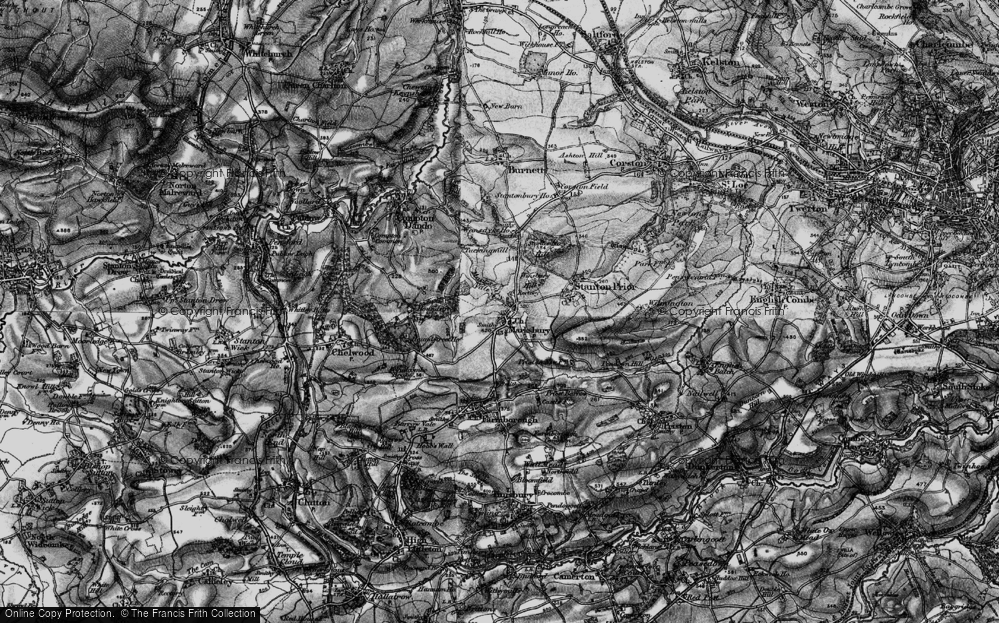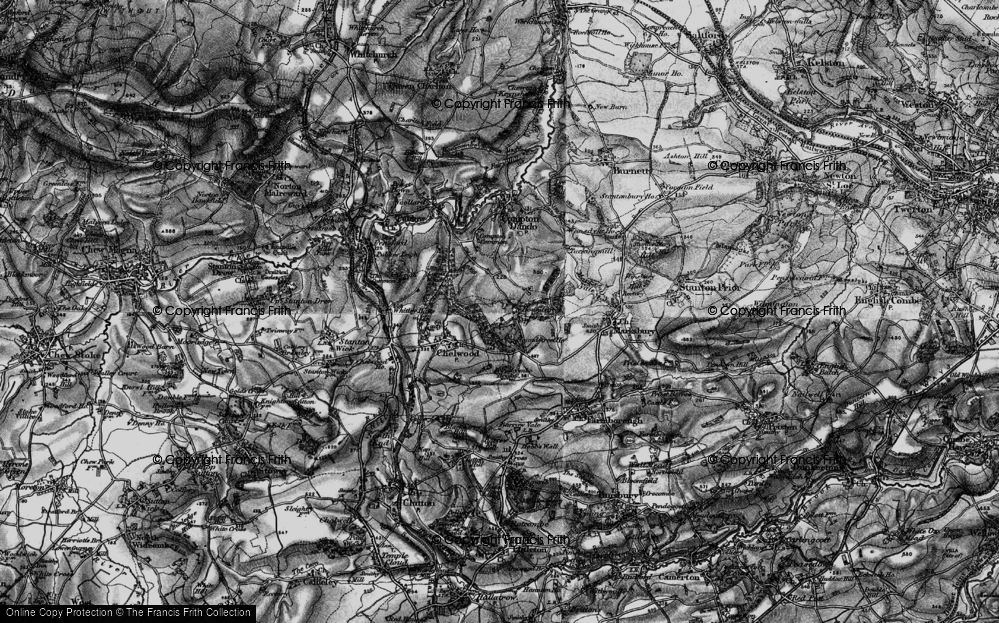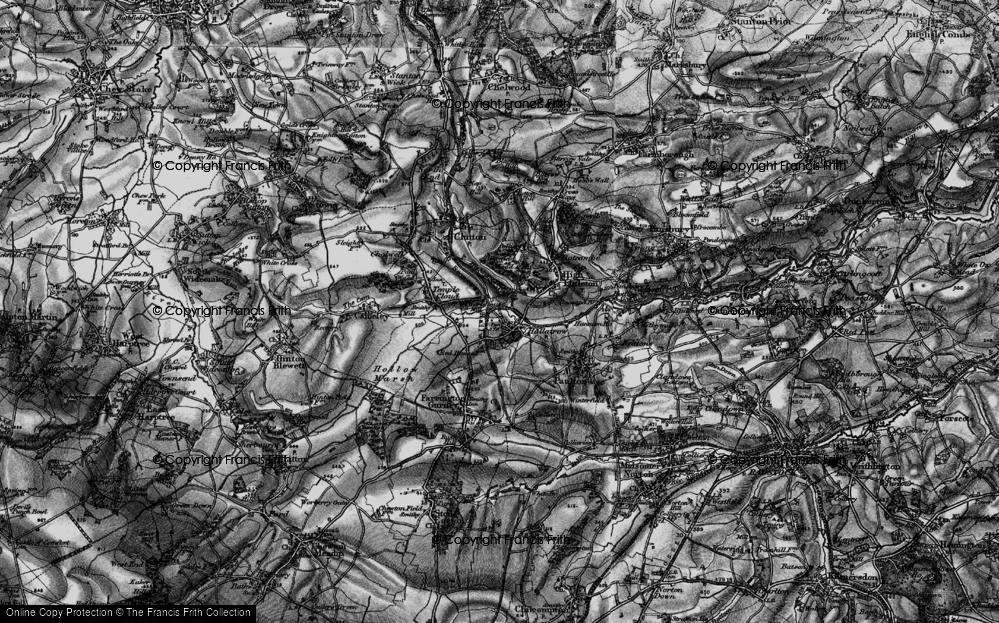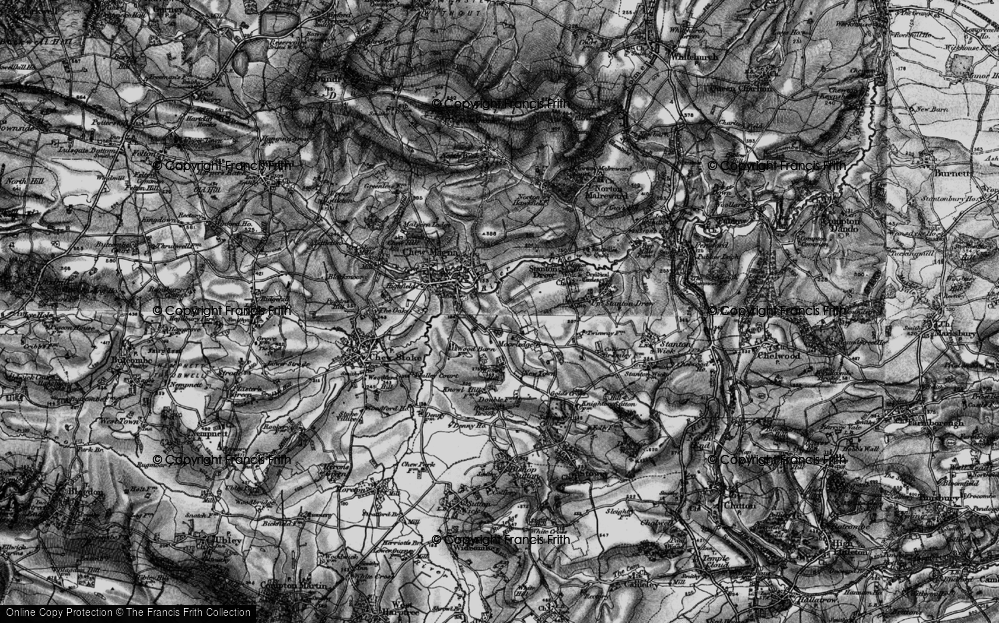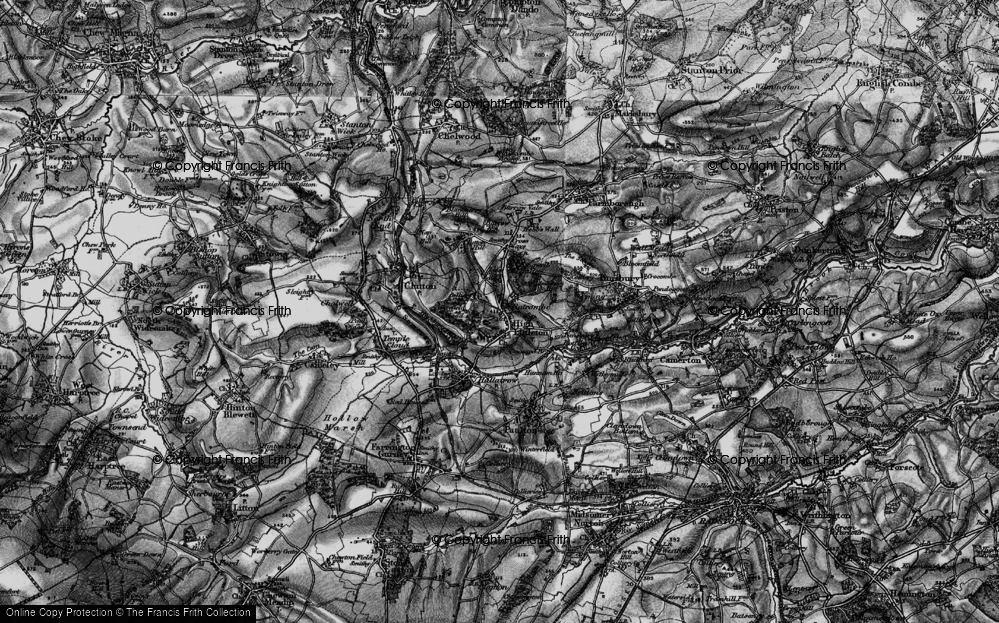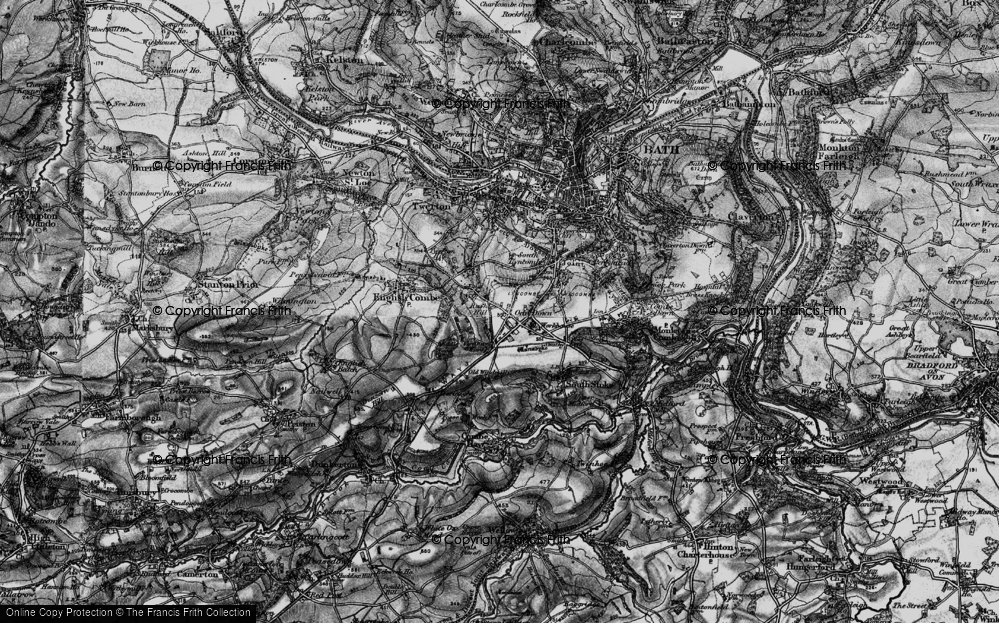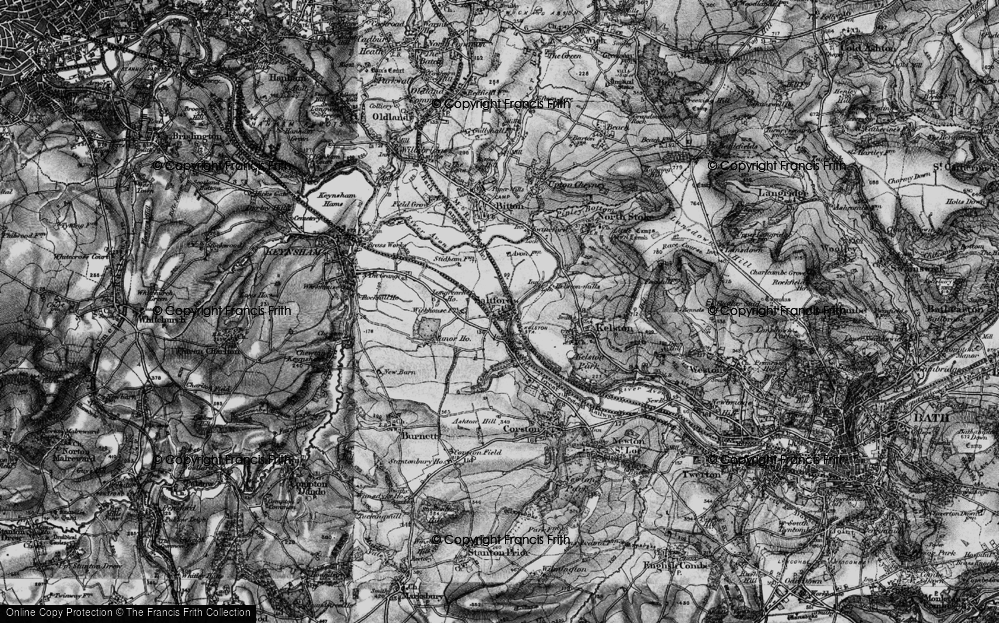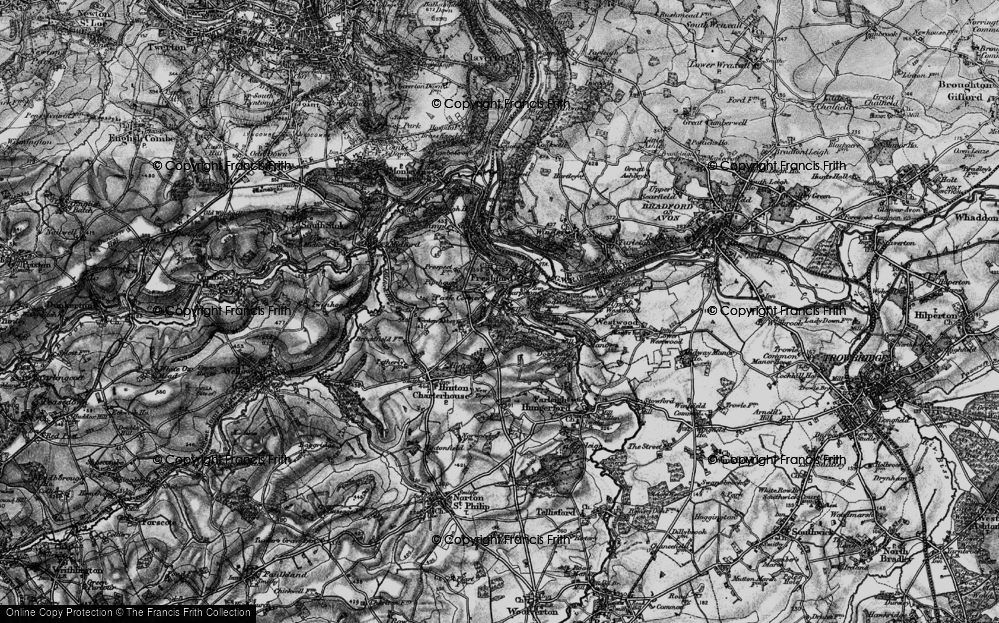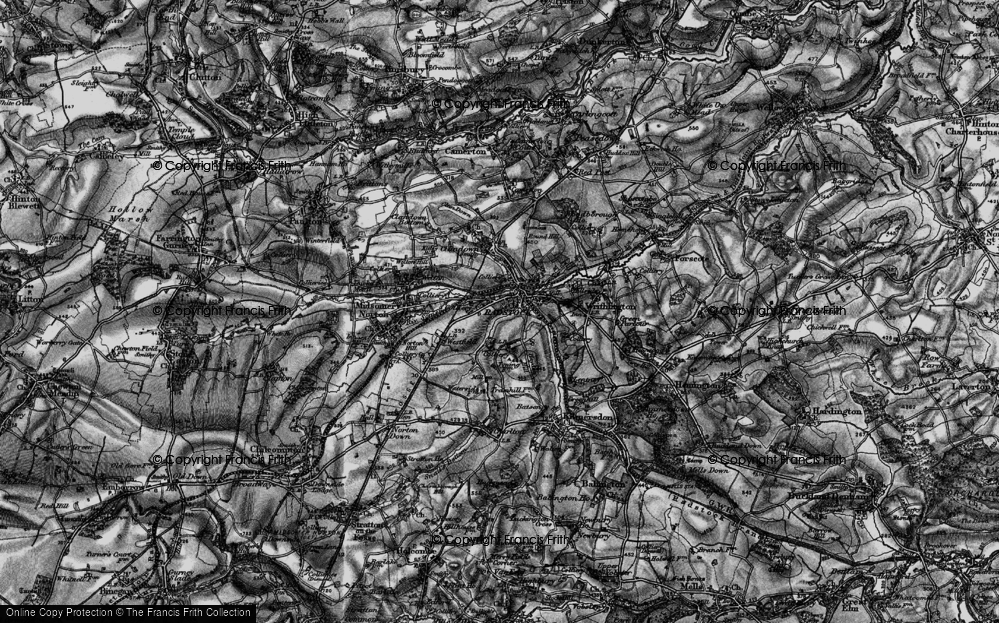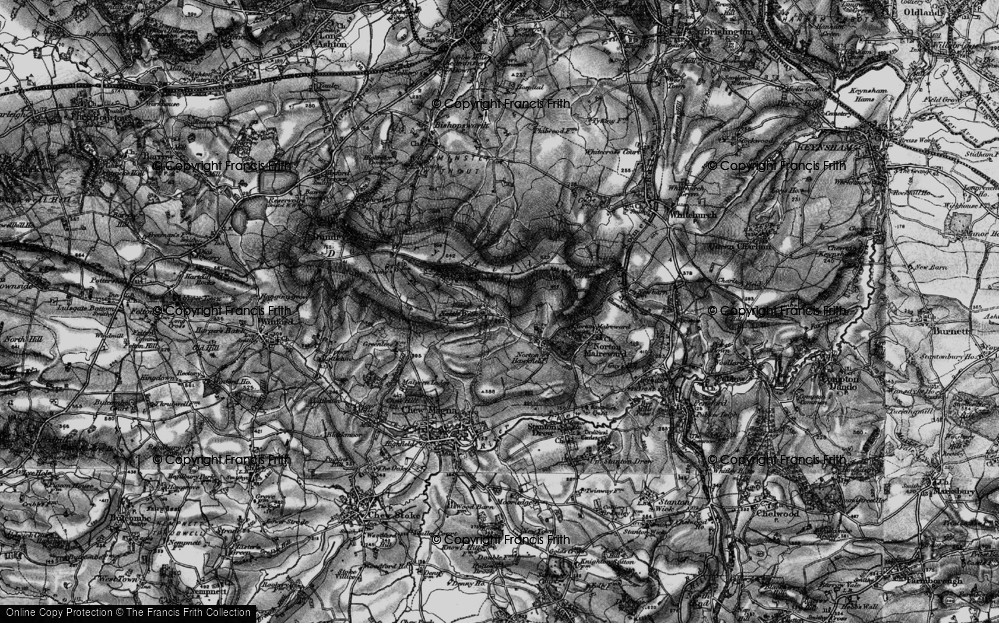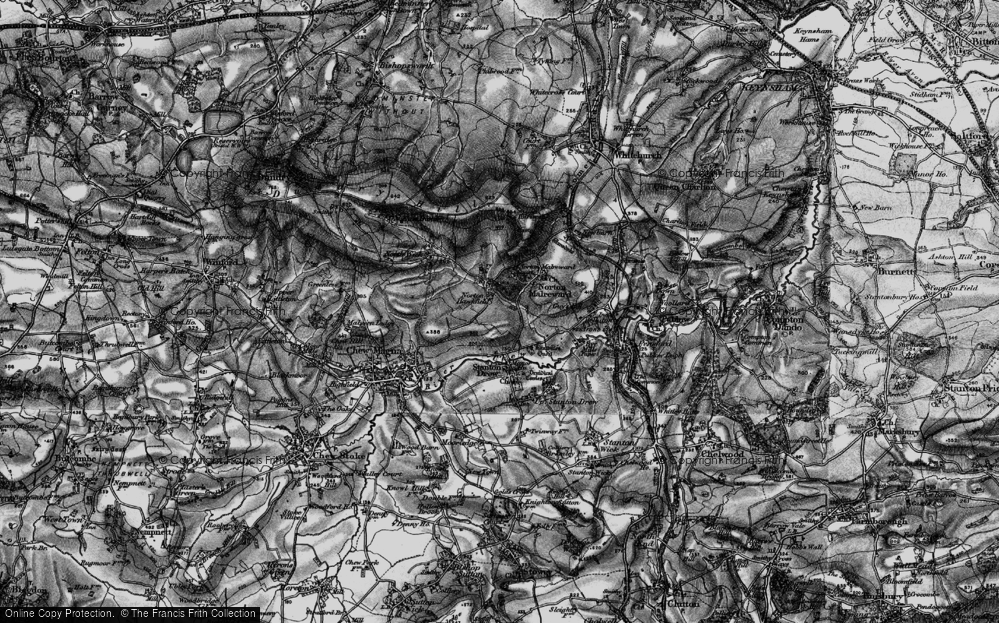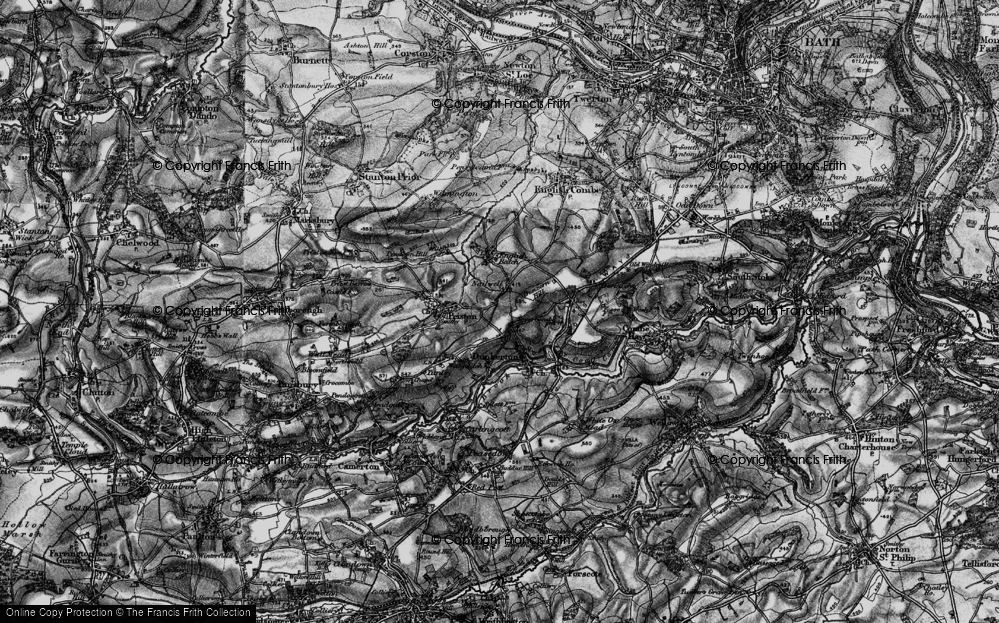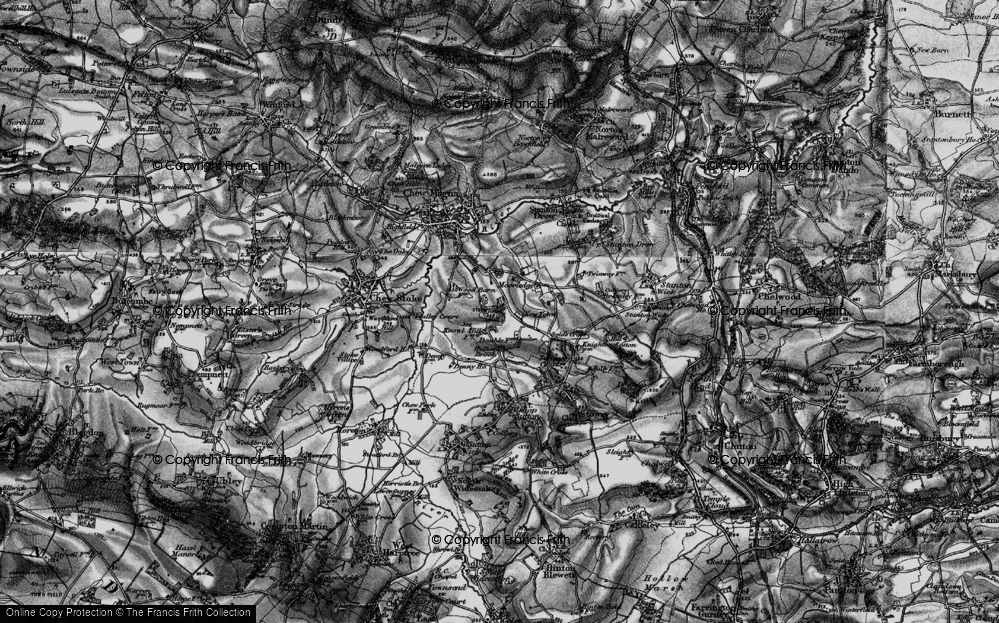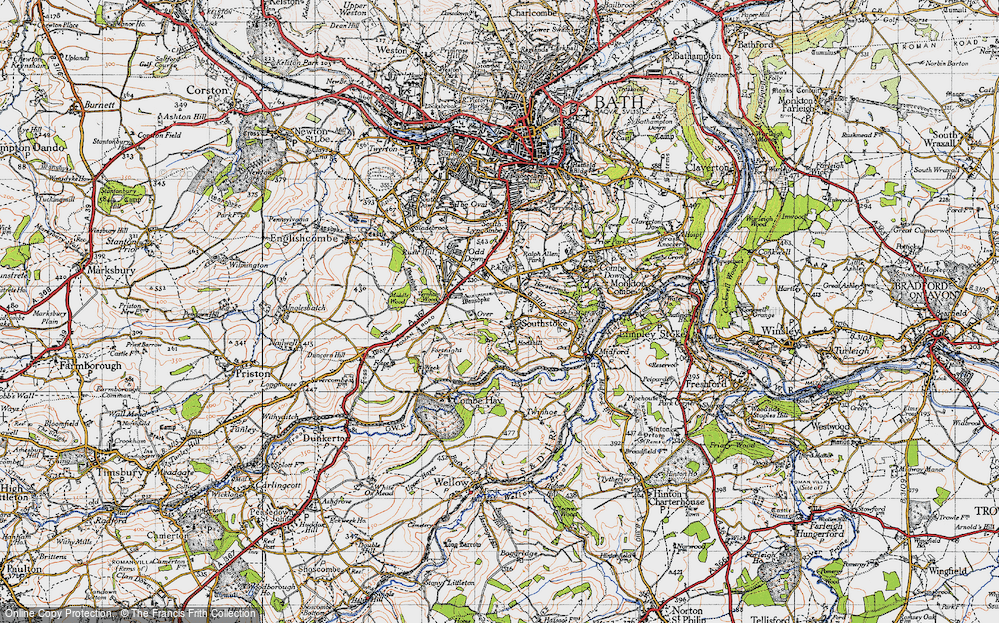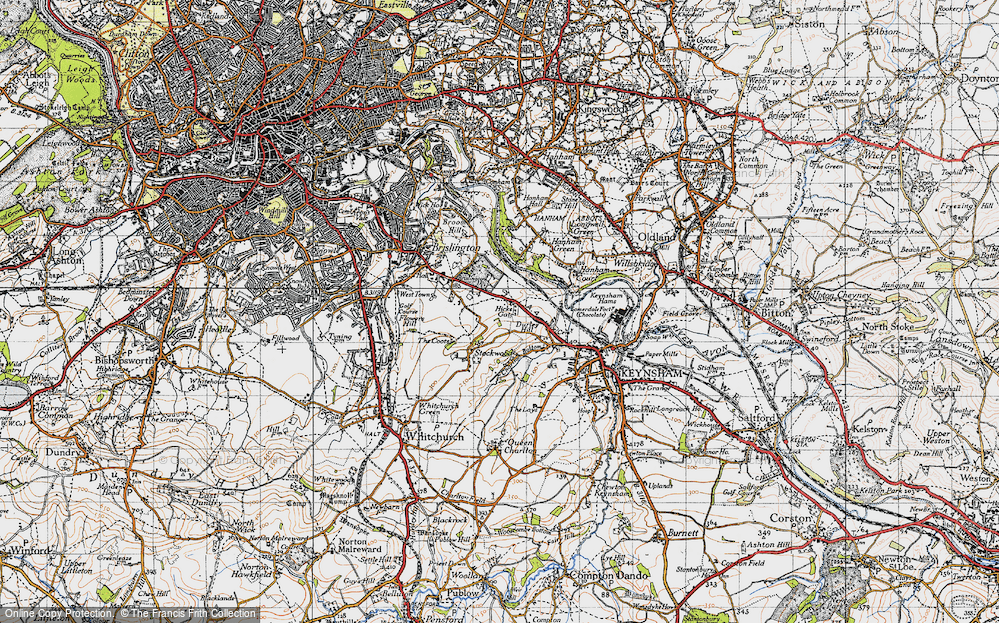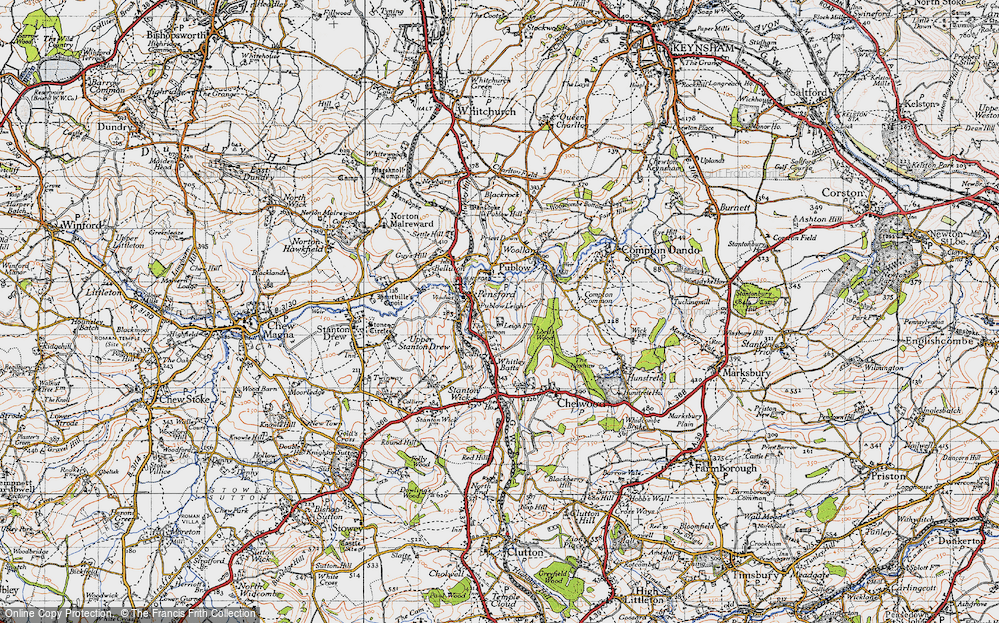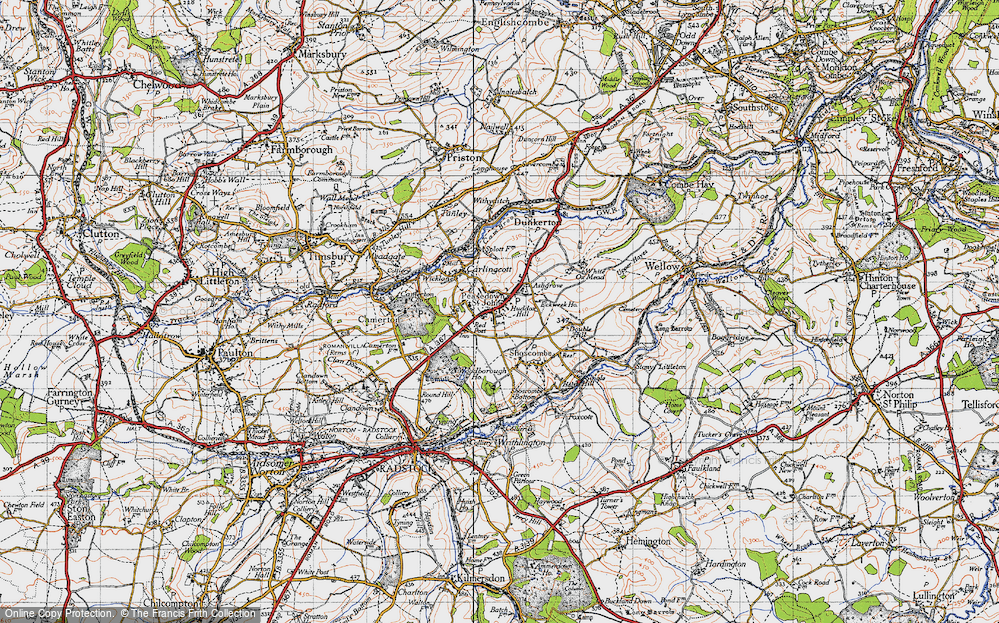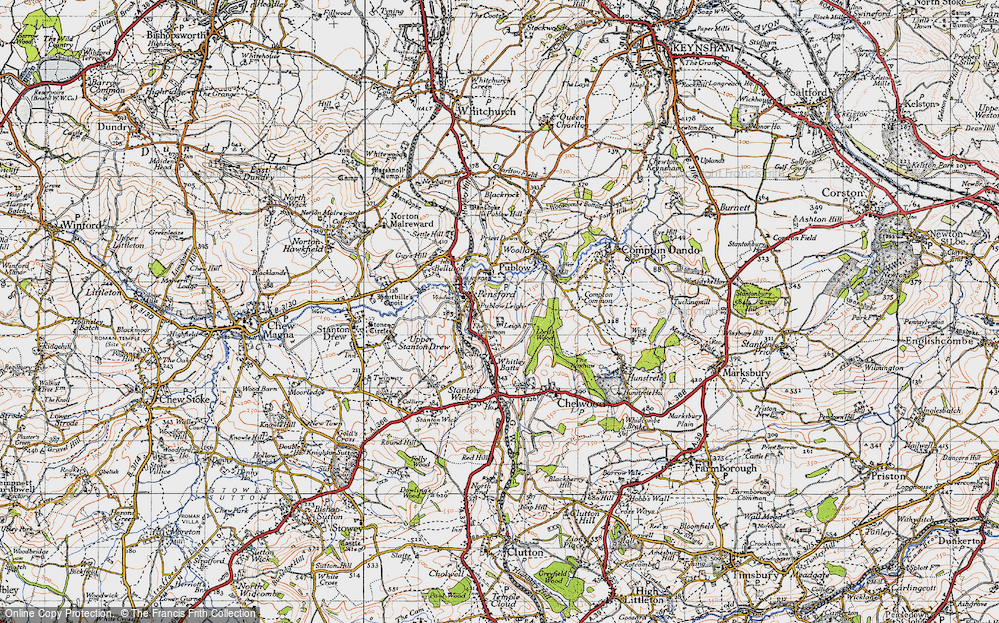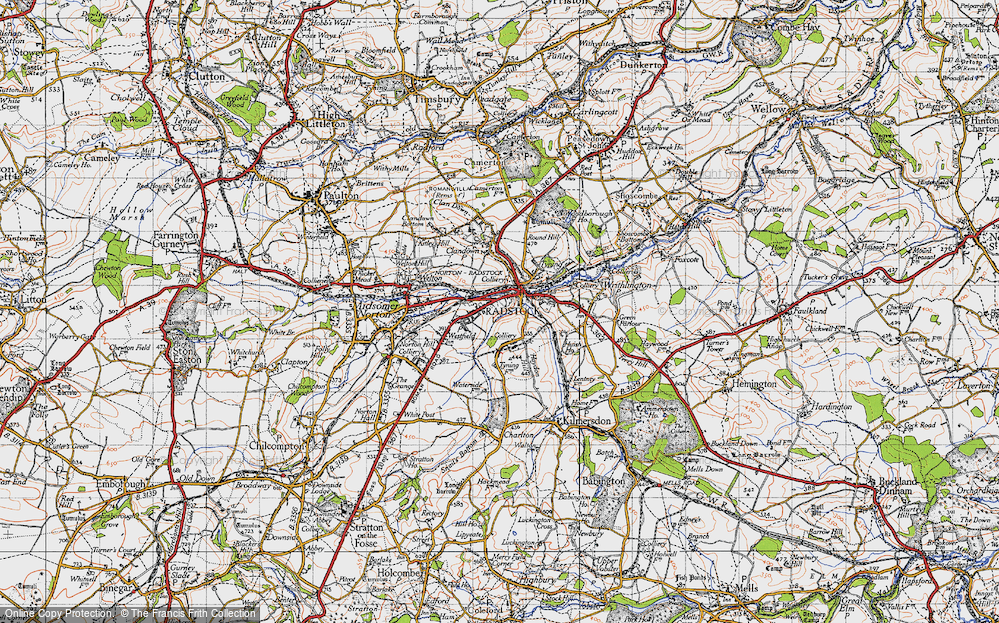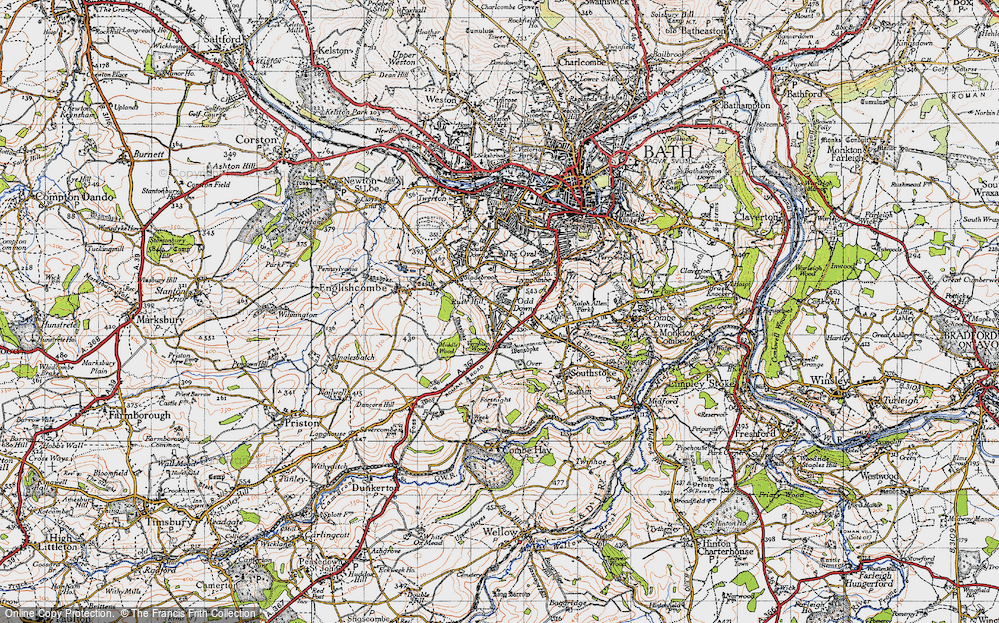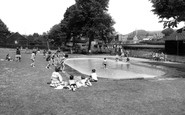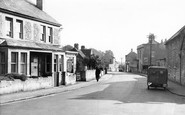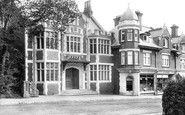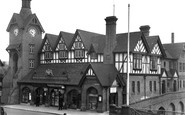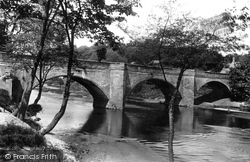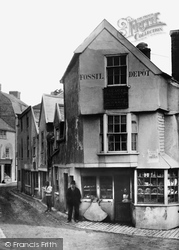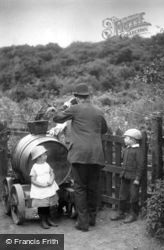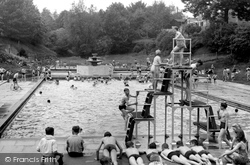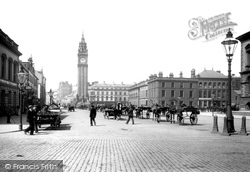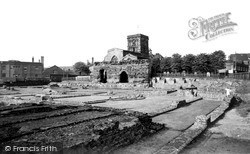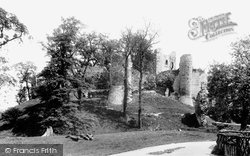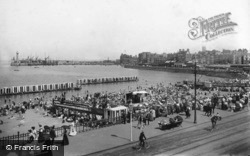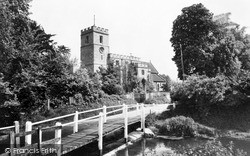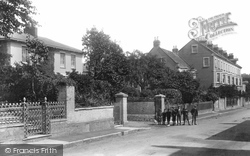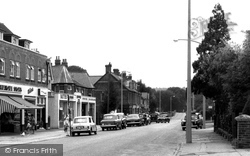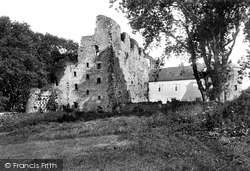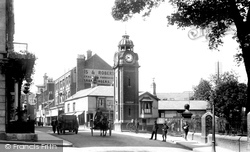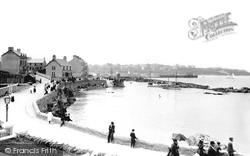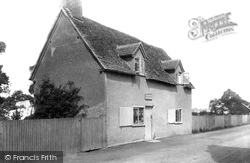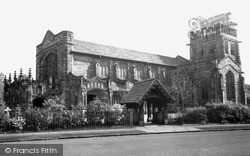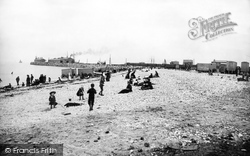Places
Sorry, no places were found that related to your search.
Photos
Sorry, no photos were found that related to your search.
Maps
1,353 maps found.
Books
3 books found. Showing results 985 to 3.
Memories
2,047 memories found. Showing results 411 to 420.
The Three Leaps By Ross Davies
A PENTRAETH LEGEND Most people driving past the entrance to Plas Gwyn manor house, on the outskirts of Pentraeth, might well be surprised to learn that they are passing a commemorative monument that has stood there ...Read more
A memory of Pentraeth by
Race You To The Water
I am ordering a copy of this picture to send to my dear childhood friend, Peta Fenner. Peta celebrates her 50th birthday soon and it is quite possible that both her and I are in the photo. We would spend many days of our ...Read more
A memory of Warminster by
Childhood Days
This picture of Combe Road brings back many memories, looking straight ahead and slightly to the right is Summer Lane where I attended infant school, the shop on the left was a tobacconist and sweet shop at this time. On the right ...Read more
A memory of Combe Down by
Westwick
I was born in a farm estate cottage amongst the fields at Westwick. My father had been born in 1919 just up the road on the edge of Swanton in a small cottage , two up,two down , his father had lost a leg in the great war and had ...Read more
A memory of Westwick by
Memories Of My Past
This scene hasn't changed very much. My grandfather Archibald Barnaby Eliott live in the Co-op house which was in Low Town, 'Treacle Ole' as it was called. He used to drive a donkey-cart, delivering coal I think, round the ...Read more
A memory of Kirkburton by
Ashleycross School
THIS GRAND ENTRANCE, USED TO BE THE MAIN ENTRANCE TO ASHLEYCROSS GIRLS SECONDARY MODERN SCHOOL. WE USED TO WEAR RED BERETS, RED JUMPERS AND RED STOCKINGS. THE WINDOW ON THE LOWER LEFT, WAS THE HEAD MISTRESSES ROOM (MISS ASHHURST) ...Read more
A memory of Poole by
Ripponden Expands
my name is Bronwyn Huggon nee Hicks. I remember Brig Royd being built and seeing Miss Eyres who lived in the big house being driven in her horse drawn carriage. What wonderful days we had at the Gala waiting to see who became ...Read more
A memory of Ripponden by
My Ancestors From Howth Eire 1800s On
My Great Grandfather John Angus, was skipper of a 3-masted ship, which I believe was called 'Rokeby' . John Angus started a little church which was a tin chapel in Hillside Terrace (now called Thornmanby ...Read more
A memory of Howthat by
Brine Baths
I remember as a child and teenager going to the Brine Baths with my brother and friends, what a wonderful building it was, swimming was never the same after the new baths were built, another fine old building was lost.
A memory of Stafford by
The Flats Bearmans Lyons Cafe And Pie Mash
I often think how lucky we post-war Leytonstone kids were to be born in the East End of London, yet have the whole of Wanstead park, the flats and what we called the forest at the end of our street, ...Read more
A memory of Leytonstone by
Captions
1,059 captions found. Showing results 985 to 1,008.
This sturdy bridge over the River Wharfe, linking Boston Spa with Thorp Arch, was built in 1770. Along the banks to the east is the old Spa Baths, now converted to housing.
The Victorian Fossil Depot was first run by James Dollin. He was followed by Thomas Seager, who may well be the gentleman smoking a pipe (centre left).
For us today, with water spurting from taps in sinks, basins and baths, it is hard to imagine the time and labour that used to be involved in collecting and fetching water.
Outdoor swimming pools were a feature of the concern for health and fitness in the 1930s.
Its quays were once the heart of Belfast the port, and there is no doubt that the remains of Chichester Quay on the right and Hanover Quay on the left will be found below the cobblestones.
St Peter's Church, Nevendon is an ancient church built in the 13th century by a member of the Fitz-Lewis family.
For us today, with water spurting from taps in sinks, basins and baths, it is hard to imagine the time and labour that used to be involved in collecting and fetching water.
The extensive remains of Ratae Coritanorum, the origins of the city, and a Roman regional capital, are not only to be seen exposed on the surface, but extend under surrounding build- ings.
Punch and Judy hold the attention of the formally-dressed crowd of holidaymakers in the South Bay.
Its official name is the Church of St Thomas and St Luke, but everyone in Dudley knows it as 'top church.'
This great fortress was built by Hamelin Plantagenet, half-brother of Henry II.
Benjamin Beale, a local glovemaker and a Quaker, invented the bathing machine in 1751 to conserve ladies' modesty while they took a dip in the briny.
The River Beane runs close to the church, and is liable to heavy flooding.
Street names intially included 'Reform Place 1835' to commemorate electoral changes after the Boundary Commission had reported: 'The chief trade arises from the manufacture of hemp and flax, and Allington
One is outside the Stepping Stones pub. The main road, which includes The Broadway, which we see here, was built in 1765. Baxter's is now Bath Travel. The railway bridge is at the far end.
At Christmas 1557, Oxwich would be the scene of an incident that would result in litigation before the Court of the Star Chamber. Sir Rhys was distantly related to Sir George Herbert (?
This building is the third Exchange to be built in this area. The first was in the Market Place, near St Anne's Square, built in 1729 at the expense of Sir Oswald Mosley, Lord of the Manor.
This building is the third Exchange to be built in this area. The first was in the Market Place, near St Ann's Square, built in 1729 at the expense of Sir Oswald Mosley, Lord of the Manor.
Looking across the Menai Straits to Anglesey, the city of Bangor is the largest town in the north-west corner of Wales, the former principality of Gwynedd, and home to an ancient diocese and the University
Benjamin Beale, a local glovemaker and a Quaker, invented the bathing machine in 1751 to conserve ladies' modesty while they took a dip in the briny.
Brighton made the seaside fashionable for the upper crust, and its wider popularity was settled when the railway made the connection in 1841.
The village in which John Bunyan once lived has almost become a place of pilgrimage.
William Lever, later Lord Leverhulme, added every amenity he could think of to the village. A club-house, library, hospital, youth club, gymnasium and swimming baths, all were included.
'The sands', says the Frith title, but as you can see, central Morecambe has always had a pebble beach, especially at high tide.
Places (0)
Photos (0)
Memories (2047)
Books (3)
Maps (1353)


